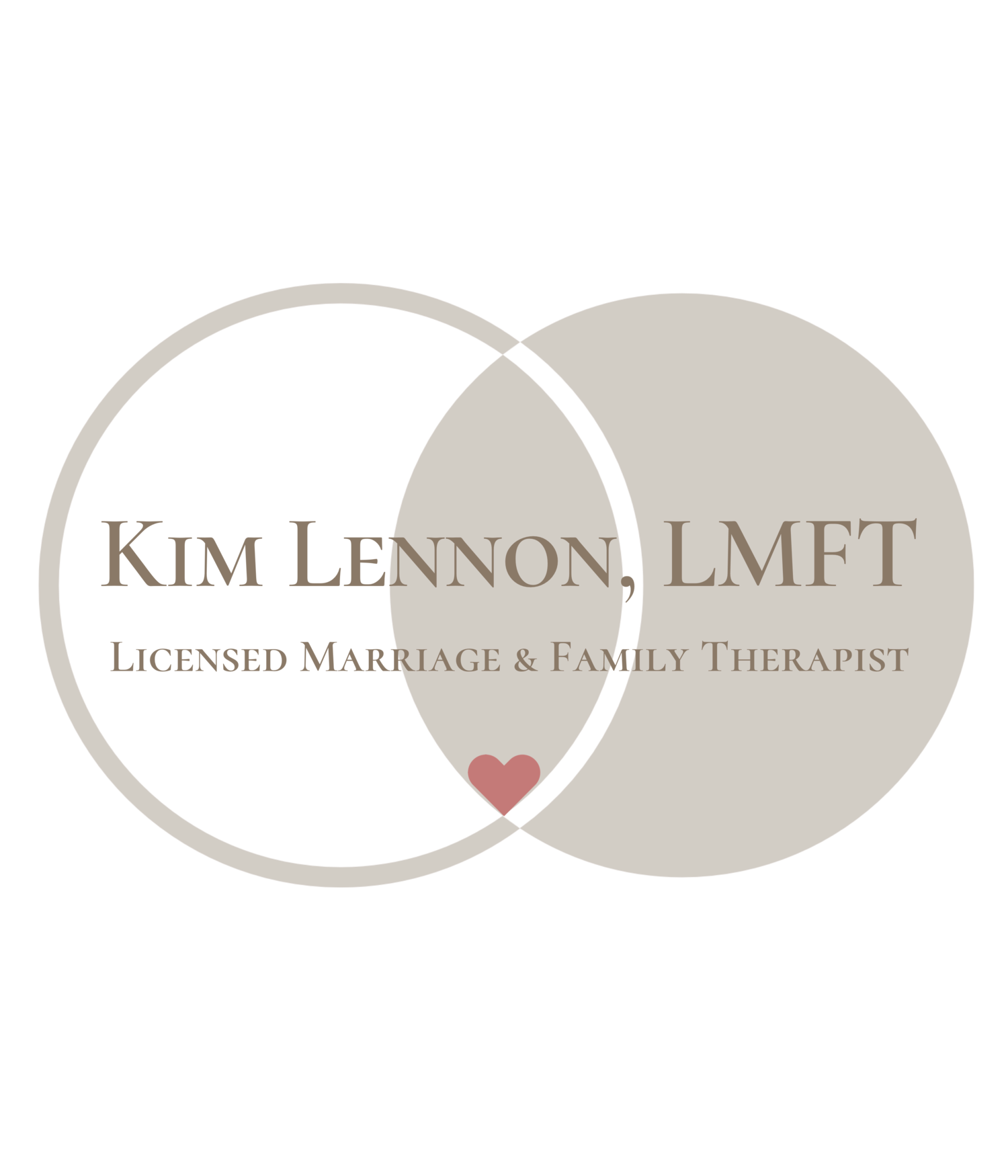3 Days of Panic: My Personal Journey to Nervous System Safety
Our nervous systems don't know the difference between a tiger on the street and relational tension. This is a concept I teach, and recently, my own body gave me a powerful, firsthand reminder of just how true that is.
Sometimes, even when we know all about the nervous system, our own bodies can still surprise us. I recently had a powerful reminder of how quickly our system can go into survival mode, even when there's no actual "tiger" in the room.
It all started with something my husband said. In that moment, my body felt like it was in immediate danger. My mind instantly snapped into that frantic Red Zone – pure fight-or-flight energy, spinning like a hamster on a wheel. My only thought was, "I have to figure out what to do right now to prevent this perceived threat!" It felt like an absolute emergency.
For three days, I was stuck there. Barely able to sleep, eating felt impossible. My body and mind were convinced the future was going to be exactly like a painful past, and I had to stop it at all all costs. Rationally, I wasn't thinking these exact words, but that's the powerful, urgent message my body was sending. I'd even dip into moments of Gray Zone collapse mode, feeling completely overwhelmed and hopeless, before bouncing back to that frantic Red energy.
The Shift: From Blame to Body Wisdom
Then, a crucial realization hit me: My body feels unsafe. I'm triggered.
This was the turning point. For those three days, my focus had been entirely outward – obsessing about my husband, what he was doing, not doing, or might do. But once I realized I was triggered, I remembered to turn inward.
Instead of getting lost in the external chaos, I asked myself a crucial question: "What does my body need to feel safe right now?"
I knew I was so revved up, my body told me it needed to slow down. I managed to get myself outside, took a few deep breaths, looked around at the trees, and connected with nature.
As I did this, I felt relief. Everything began to slow down. My rational mind, which had felt completely hijacked, slowly came back online. And when it did, I saw the situation more clearly: it wasn't an emergency at all. In fact, my initial interpretation of what was happening was completely incorrect. My perception had been skewed by that intense survival response.
My Lifelong Pattern: The "Fiercely Independent" Trap
This experience also revealed a powerful pattern in my life. Growing up with a lot of emotional chaos and unclear boundaries, my system learned to protect itself by becoming fiercely independent and setting very rigid rules and boundaries – for myself and others.
This has shown up as black-and-white thinking, strict "right or wrong" beliefs, harsh self-criticism, and, unfortunately, being very hard on others too. I can see now how this rigidity, this constant push to control behavior to feel safe, has backfired so many times. It's my fight (fiercely independent) or flight (fixer, controlling) energy kicking in (all in the Red Zone!), trying to keep me safe, but often hurting the very loved ones I cherish along the way.
The Big Lesson: Red Flags and Reconnection
I learned a very big lesson from these three days of intense dysregulation:
When I feel that intense urge to draw a hard line in the sand, to set rigid rules or boundaries (either for myself or someone else), it's a huge red flag. It means I'm triggered, and my body doesn't feel safe.
In those moments, the most powerful thing I can do is to tune inward and ask: "What does my body need to feel safe right now?"
Usually, if I'm revved up, it's the need to slow down and simply feel what's true in my body, rather than what my frantic mind is telling me. Going outside, connecting with nature, and taking a few deep breaths – literally breathing with the trees – almost always helps, whether I'm feeling revved up (Red zone) or stuck in collapse (Gray zone).
This experience was a powerful reminder that nervous system healing isn't about avoiding triggers. It's about recognizing when your body is sending that old "tiger" alarm, and knowing how to gently guide it back to safety, one breath and one moment of self-connection at a time so we can then get back to the Green Zone of nervous system regulation where we feel calm, connected, safe, and in the flow of life.
If you’ve ever felt hijacked by emotions like this—like your body was in danger, even when nothing was actually wrong—you’re not alone. We all have survival patterns that kick in when we feel unsafe. If you want to discover your default survival role, take my survival role quiz.
